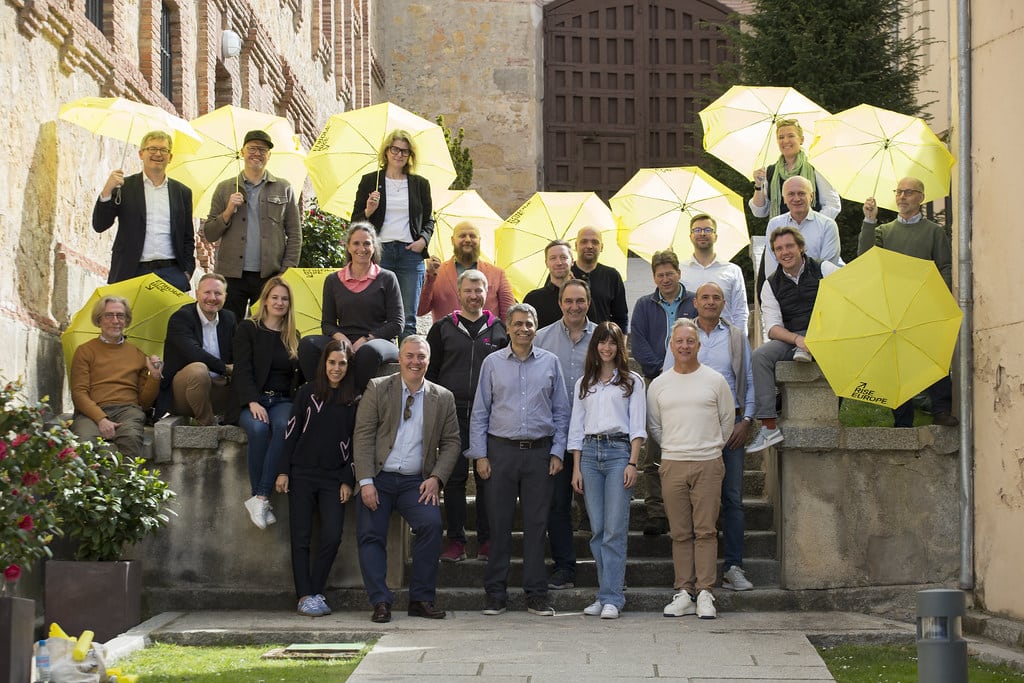Skip to content
Skip to footer

back to overview
Designing a deep-tech venture builder to address grand challenges and overcome the valley of death

Ecosystem, Impact, Technology
6 February 2024
Editor’s note: Professor Sjoerd Romme (TU/e), Guus Frericks and John Bell published an article about a comprehensive system design for building deep-tech ventures that help solve the Sustainable Development Goals. It shows the theoretical design framework combined with the achievements in practice to transform technological breakthroughs and innovations into successful ventures. For a deeper dive into the research findings and methodologies, visit the Springer website to access the full article.
Abstract
A vital problem of the European economy has long been its limited capacity to transform technological inventions and breakthroughs into successful new companies that help solve grand challenges in, for example, climate change, energy production, and poverty. Various measures and initiatives addressing this problem have not yet resulted in increasing numbers of successful ventures overcoming the so-called valley of death, especially in the case of deep-tech innovations arising from technological breakthroughs in, for example, new materials, mechatronics, high-precision engineering, and photonics. In this paper, we adopt a design perspective on crafting a Deep-Tech Venture (DTV) builder that creates, supports, and develops new ventures arising from deep-tech breakthroughs accomplished in leading research institutes in Europe. This approach to building DTVs incorporates key elements of extant theories and tools in the field of entrepreneurship but also moves beyond the contemporary body of knowledge. As such, the DTV approach provides a comprehensive system for creating and scaling deep-tech ventures—the most complex and risky, yet most impactful breed of ventures. The DTV blueprint was implemented and further developed in a venture builder that sources technologies from leading research institutes, such as CERN and European Space Agency. The initial results are highly promising. The main contribution of this study involves a comprehensive system design for building deep-tech ventures that help solve the SDGs, one that is (a) grounded in the literature on technology sourcing, entrepreneurship, ecosystems, entrepreneurial finance, and talent acquisition and (b) tested in a major European venture builder.
About HighTechXL
HighTechXL is the Netherlands’ premier deep-tech venture builder, solving societal challenges by combining groundbreaking technologies and entrepreneurship. We bring together and activate technology, talent, funding and a strong ecosystem in our unique Venture Building Program.
News

